#1740s fashion
Text
Sack

A woman's sack, petticoat and stomacher, 1765-70, English; Ivory silk brocaded with large floral motifs, Spitalfields, 1747; altered 1870-1910
#historical fashion#18th century#18th century fashion#spitalfields silk#fashion history#silk#1740s#1740s fashion
92 notes
·
View notes
Photo

Robe a l’Anglaise
Dress c.1748; Altered c.1780
Fashion Museum Bath via Twitter
#robe a l'anglaise#fashion history#historical fashion#1740s#1780s#georgian fashion#georgian era#rococo era#baroque era#18th century#brown#floral#flower print#silk#fashion museum bath#popular
3K notes
·
View notes
Text
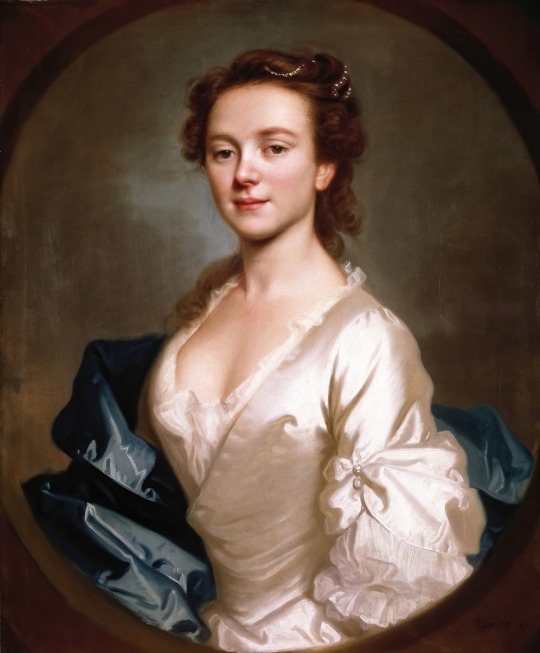
Portrait of Miss Craigie, 1741
Allan Ramsay
#Allan Ramsay#scottish art#1740s#art#painting#art history#fashion#portrait#fashion history#classicism
230 notes
·
View notes
Text
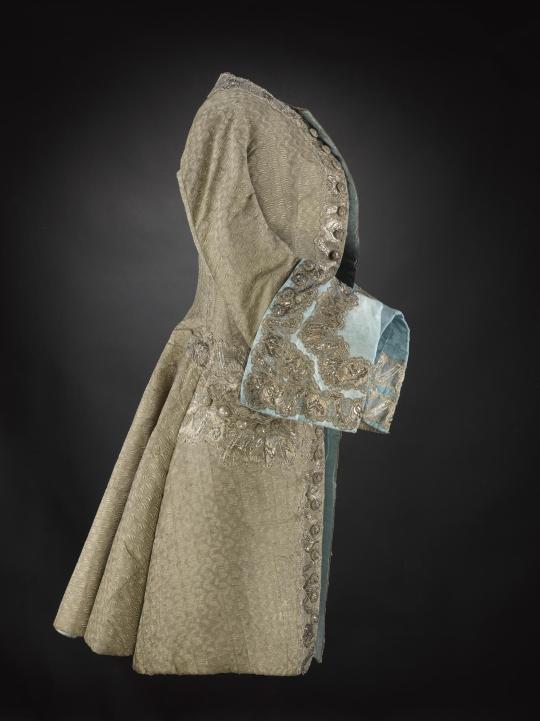
Men's coat of brown figured silk with cuffs and lining in pale blue silk, trimmed with silver lace, circa 1740
From the National Museum of Scotland
67 notes
·
View notes
Text
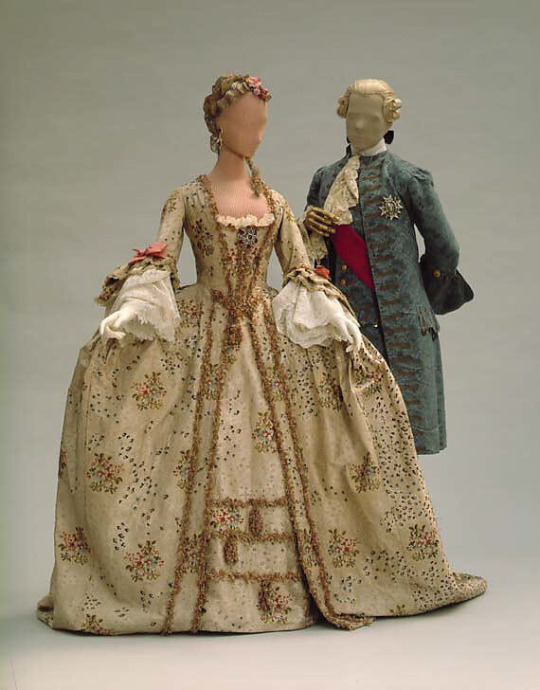
1740s
#historical fashion#fashion#historical#history#historical clothing#historical dress#long dress#textiles#textile#old fashioned#high fashion#dress#dresses#18th century art#18th century fashion#18th century#1740s#early 1700s#1700s fashion#rococo#rococo fashion#the metropolitan museum of art#artwork#art
48 notes
·
View notes
Text
18th century/Rococo/1700s fashion explained by a fashion history lover.
Let's start with 1700-1709. The century had just started, so the styles still looked quite Baroque. The womens fashion was a bit simple. The hair was not quite as big as what we think of when we think of the 18th century, the hair was long and sometimes powdered, the skirts were not that wide, they were quite narrow, but they were starting to get wider, the sleeves were wide and frilly at the cuff, the neckline was a bit triangular, and the bodice had a low waistline and would not push the breasts up, unlike later in the century.
The men's fashion, unlike women's fashion, was extravagant in every way. Most men wore wigs, because extremely big, long and curly hair was very fashionable at the time, most men would powder their hair or wig white, the coats were long, and the sleeves were quite big, and frilly at the cuff, the collars were long, the pants werent tight yet, and around this time you can see that men wore longer heels.

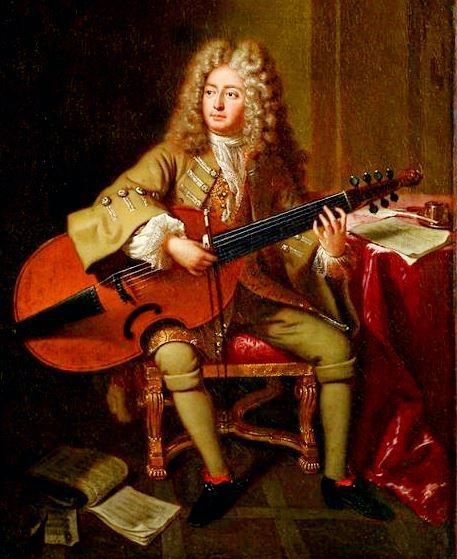
The next one is gonna be 1740s. During this time the fashion was starting to become more rococo, the women's hair had become flat, but powdered, braided and heavily decorated, bonnets as we know them today began to appear, the skirts were very wide and almost square in shape, the sleeves were short but puffy, usually only frilly at the cuff, and the bodices which were now highly decorated, still had a low waistline, but this time they pushed the breasts up, and the neckline was a bit square.
The men's fashion was still very extravagant, but this time, it was at the same level as the women's fashion. The hairstyles became shorter, curly bobs with a pigtail at the back were now the look, and almost every man powdered their hair, the coats were still long, the sleeves sleeves were still quite big and had frilly sleeve cuffs, but the collars began to get smaller and tighter, the waiscoats were long, peaking through the overcoats, and the pants were even tighter than before.
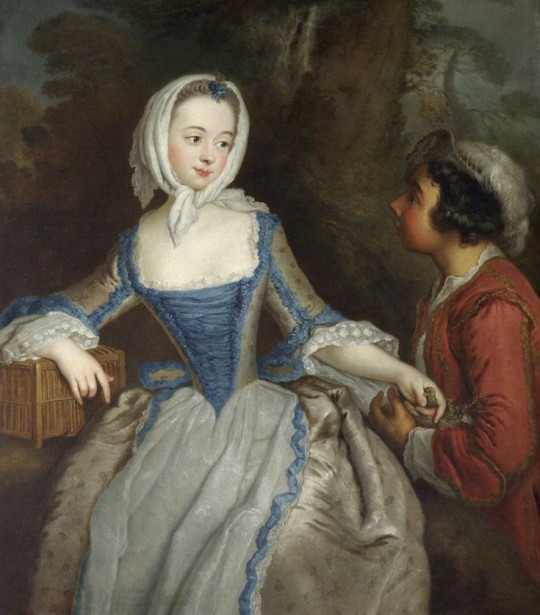

During the 1790s, there were a lot of styles. During this time, big hair was in fashion, but also small hair, so some women wore their hair puffy and powdered, while other women wore their natural hair, the waistline had gotten higher, the neckline was now triangular again with some frill, the sleeves were usually very tight, sometimes with a little bit of frill, and the skirts were quite narrow.
The men's fashion was even more versatile than the women's. Some men wore powdered wigs, while other men wore their natural hair, the coats were tight, the waistline of the coat was higher, but there was still a long tailcoat at the back, sometimes the waistcoat would peak out of the overcoat, the collars were usually big and frilly, the sleeves were tight, sometimes with a bit of frill at the cuffs, the pants were even tighter than before, and the heels were unfortunately replaced by boots and flat shoes with small buckles.
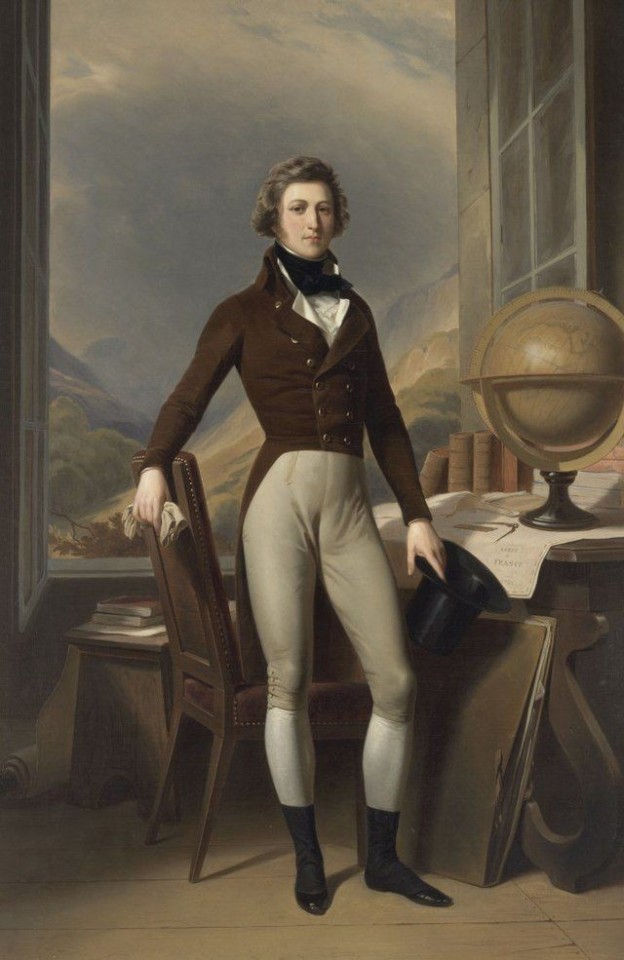

#history facts#history#historically accurate#historical#historical fashion#fashion history#18th century#1700s#1740s#1790s#rococo#fun facts
57 notes
·
View notes
Text
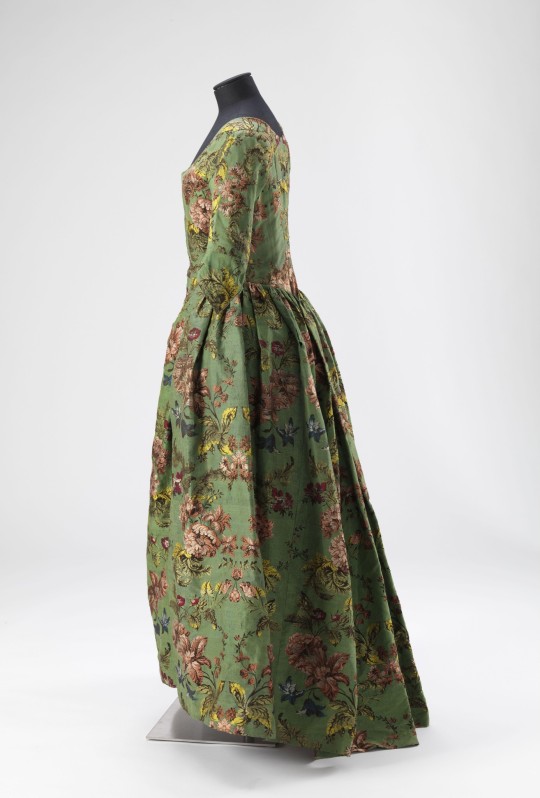
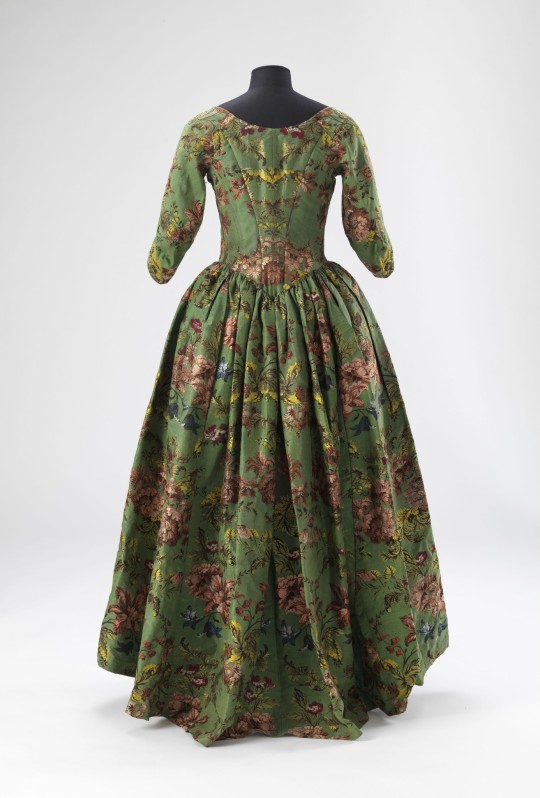
• Dress.

Date: 1740-1760, 1780

#fashion history#history of fashion#dress#fashion#18th century#18th century fashion#18th century dress#1740#1760#1780
744 notes
·
View notes
Text

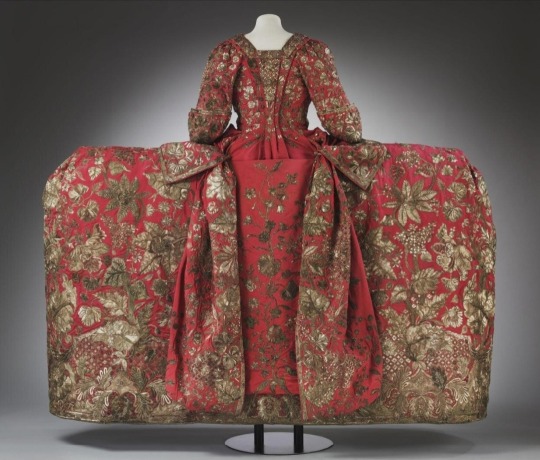



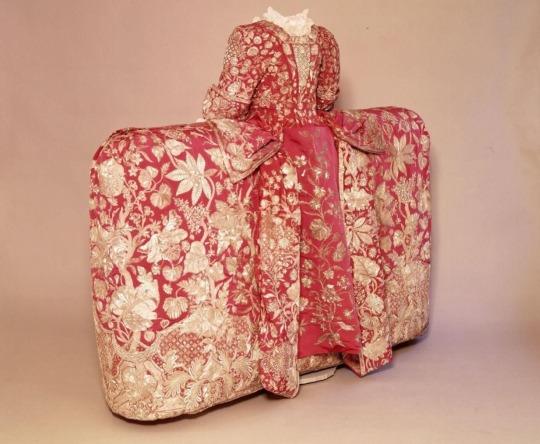

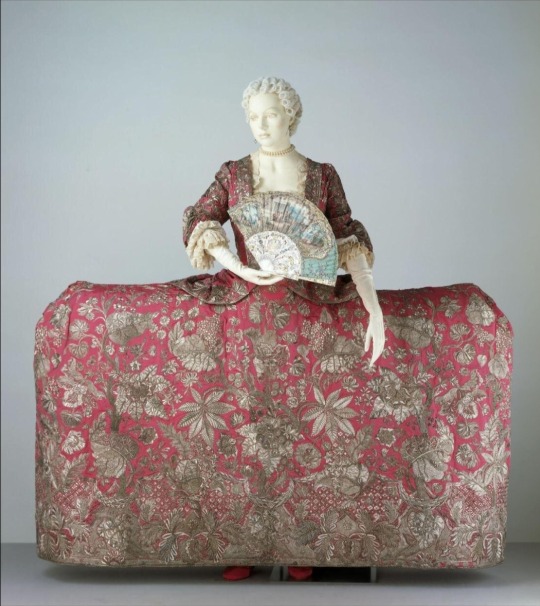
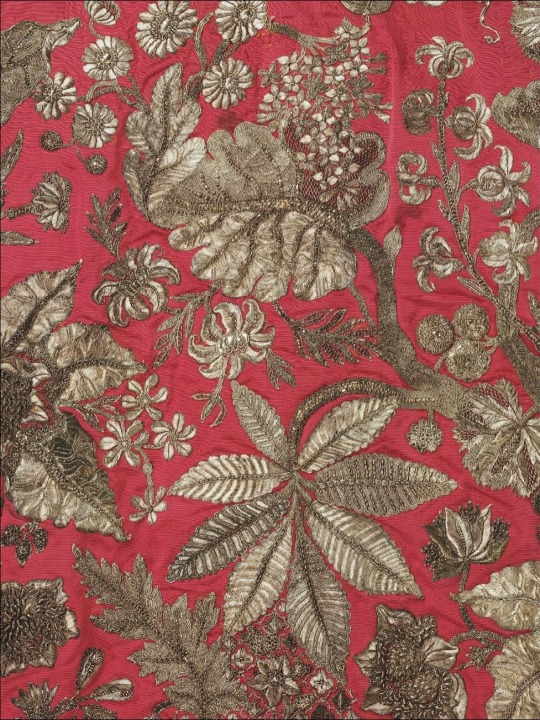

Woman's court mantua with petticoat, 1740-45, English; dark pink ribbed silk embroidered with silver, English 1740-45; altered 1920s
This is a magnificent example of English court dress of the mid-18th century. It would have been worn by a woman of aristocratic birth for court events involving the royal family. The style of this mantua was perfectly suited for maximum display of wealth and art; this example contains almost 10lb weight of silver thread worked in an elaborate 'Tree of Life' Design. The train is signed 'Rec'd of Mdme Leconte by me Magd. Giles'. The name Leconte has been associated with Huguenot embroideresses working in London between 1710 and 1746. The Huguenots were French Protestants who, following the repressive measures against them that the Catholic monarch Louis XIV of France restarted in 1685, emigrated to Britain and elsewhere.
#historical fashion#fashion history#i want that dress#rococo#rococo fashion#18th century fashion#18th century#1740s
74 notes
·
View notes
Photo

Silk dress designed by Anna Marie Garthwaite, 1742-43, altered in 1840.
101 notes
·
View notes
Photo
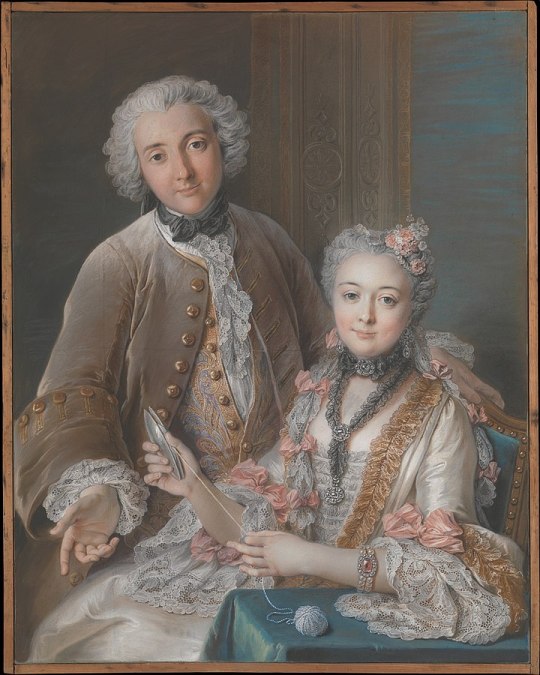
Charles-Antoine Coypel, Double Portrait Presumed to Represent François de Jullienne (1722–1754) and His Wife (Marie Élisabeth de Séré de Rieux, 1724–1795), 1743, pastel, black chalk, watercolor, and traces of black chalk underdrawing on four joined sheets of handmade blue laid paper, mounted on canvas and adhered to a keyed stretcher, 100 x 80 cm, Metropolitan Museum of Art, New York
Source: Wikimedia Commons
#art#drawing#pastel#pastel drawing#charles-antoine coypel#portrait#double portrait#18th century#1740s#18th century art#18th century drawing#18th century portrait#18th century fashion#historical fashion#rococo#rococo fashion#rococo art#rococo drawing#french rococo#rococo portrait#couple
33 notes
·
View notes
Text

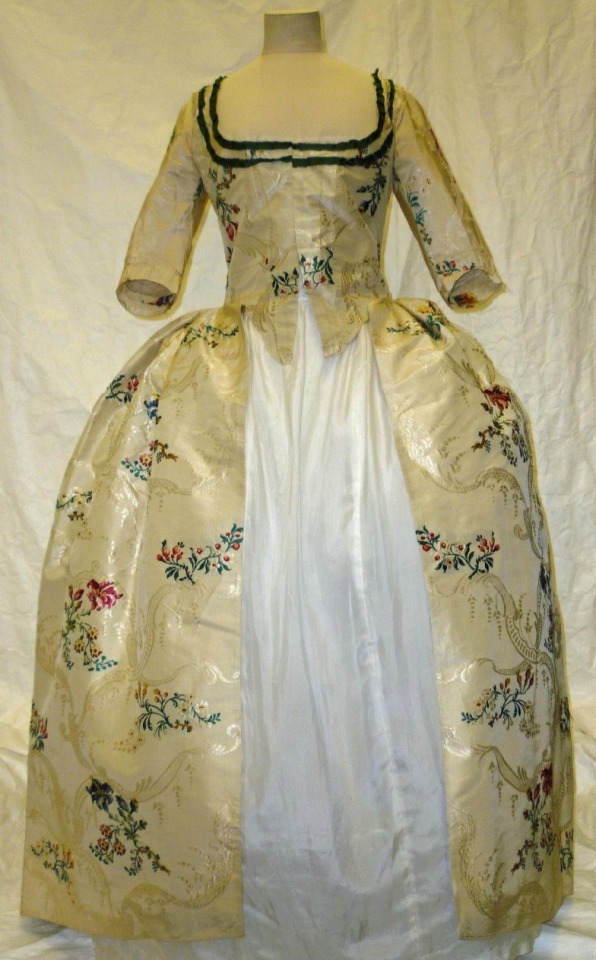

A woman's gown, 1775-80, English; white figured silk with brocaded multi-colour flowers, Spitalfields,1748-50
#18th century#18th century fashion#spitalfields silk#fashion history#historical fashion#silk#1770s fashion#1740s#1740s fashion#rococo fashion#rococo
136 notes
·
View notes
Photo
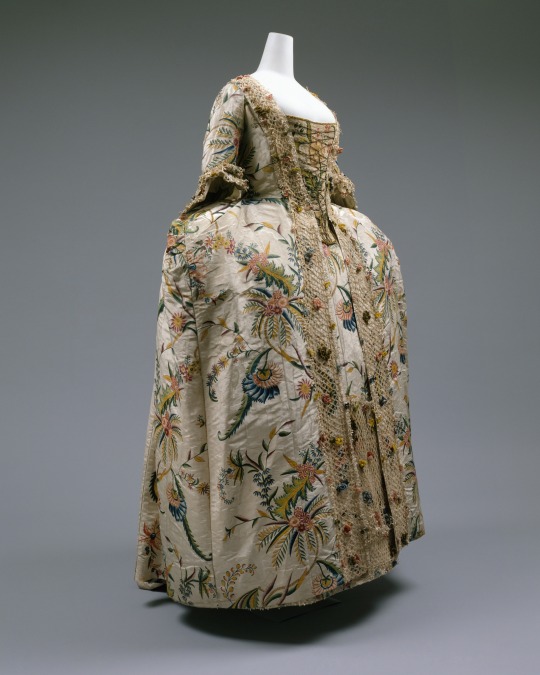
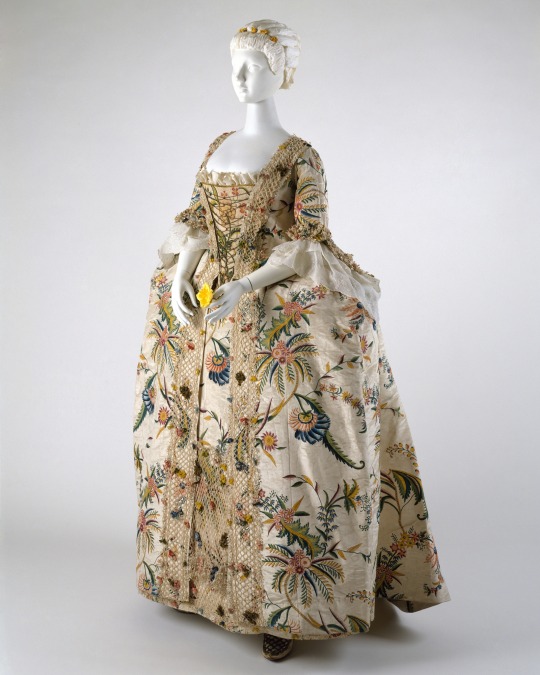


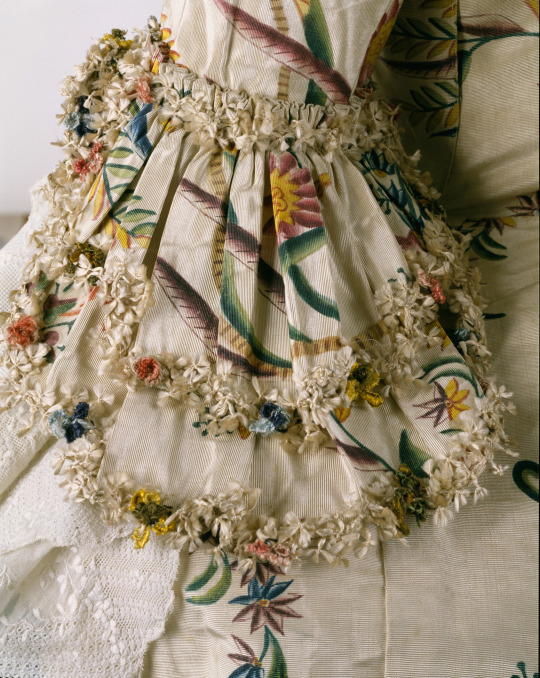
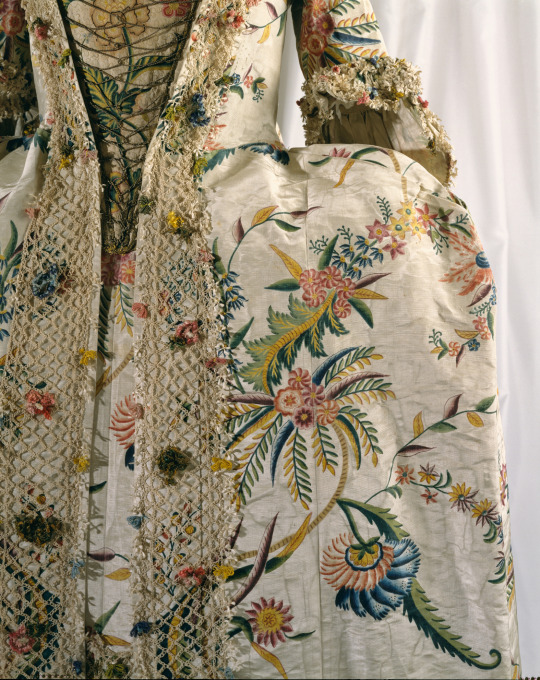
British robe à la française at the Metropolitan Museum of Art - This is dated to the 1740s, but dresses often had cuffs and engage antes. This has only engageantes.
Top 1740s side of British robe à la française (Metropolitan). From their Web site 1600X2000.
Second row 1740s British robe à la française (Metropolitan). From their Web site 1600X2000.
Third row left 1740s Side and sacque of British robe à la française (Metropolitan). From their Web site 1600X2000.
Third row right 1740s Back of British robe à la française (Metropolitan). From their Web site 1600X2000.
Fourth row left 1740s Cuff of British robe à la française (Metropolitan). From their Web site 1552X1950.
Fourth row right 1740s Robings and stomacher of British robe à la française (Metropolitan). From their Web site 1575X1983.
#1740s fashion#Georgian fashion#Louis XV fashion#Rococo fashion#square neckline#robings#laced bodice#stomacher#engageantes#panniers
56 notes
·
View notes
Photo

Wentke (Gown)
Mid 18th Century
The Netherlands
Women in Hindeloopen, a town in the northern Netherlandish province of Friesland, traditionally wore this type of striking lightweight coat, called a wentke, on special occasions. Beginning in the mid-eighteenth century, wentkes were usually made of boldly patterned Indian chintzes, and contrary to the custom in the rest of Europe of confining chintz to casual and private occasions, residents of Hindeloopen elevated this exotic fabric to a formal status. The wentke was often worn with other garments of Indian cotton. (The MET)
Peabody Essex Museum (Object Number: 2012.22.15)
#wentke#gown#jacket#georgian#1730s#1740s#1750s#1760s#regional fashion#18th century#dutch#the netherlands#blue#cotton#india#chintz#peabody essex museum#popular
3K notes
·
View notes
Text

The Monkey Antiquarian, 1740
Jean-Baptiste-Siméon Chardin
#Jean-Baptiste-Siméon Chardin#french art#happiness#art#painting#art history#portrait#18th century#yes good#1740s#fashion
65 notes
·
View notes
Text
youtube
#Georgian#historical fashion#georgian#historical clothing#sultana#sack back dress#panniers#petticoat#stomacher#1740s#1760s#Dido Elizabeth Belle#stays#1780s#italian gown#Georgiana Cavendish#1700s#video#youtube video#Youtube
7 notes
·
View notes
Text
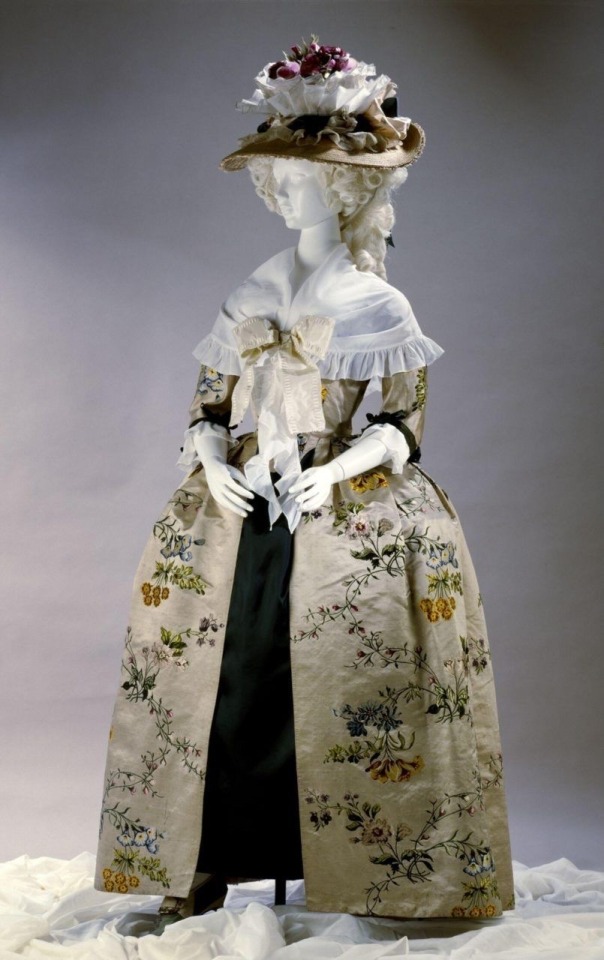
Anna Maria Garthwaite (English, c. 1688-1763). Gown, ca. 1740s. Brocaded satin in coloured silks. London: Victoria and Albert Museum, T.264-1966. Given by Mrs Olive Furnivall.
#historical fashion#fashion#historical#history#historical clothing#historical dress#long dress#textiles#textile#1740s#1700s art#early 1700s#1700s fashion#18th century art#18th century fashion#18th century#artwork#old fashioned#high fashion#dress#dresses#rococo
35 notes
·
View notes